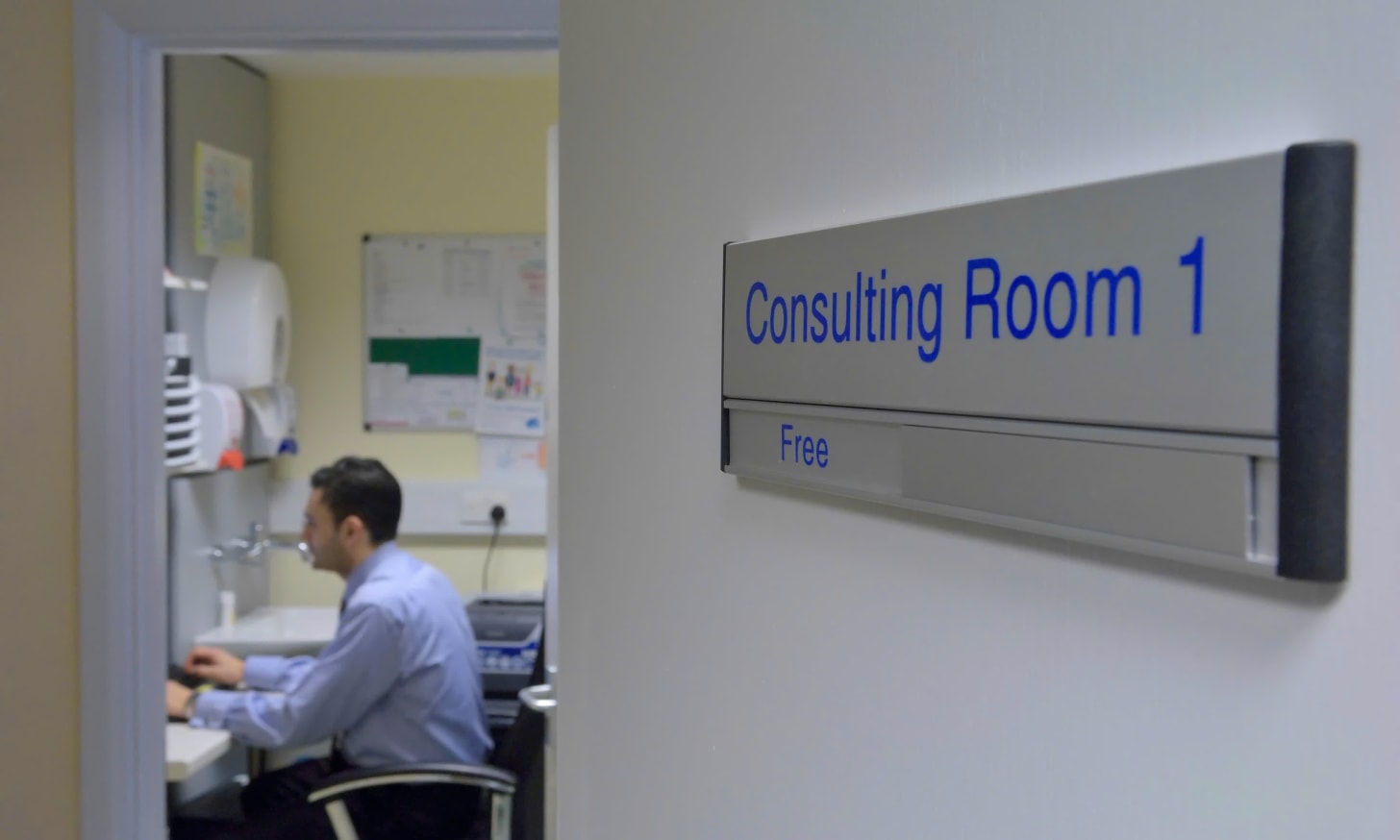England’s Primary Care Crisis
GP Visits May Be Capped in Response to Working Conditions and Insufficient Funding

General practitioners (GPs) in England are considering collective action in response to deteriorating working conditions and a lack of investment in primary health care over the past 15 years. A recent ballot conducted by the British Medical Association (BMA) could lead to various actions in general practices, including capping daily visits.
According to Tony O’Sullivan, co-chair of Keep Our NHS Public, primary health care in England has been the cornerstone of the National Health Service (NHS) for decades, providing universal access to care. However, as patient numbers and needs have grown, the number of GPs has declined due to insufficient planning and funding, O’Sullivan told People’s Health Dispatch.
There are now 1,700 fewer GPs in England than in 2015, despite repeated promises to increase their numbers. This shortage has led to a higher patient load for remaining GPs: each GP cares for about 2,300 patients, compared to a little over 2,000 in 2018, according to the BMA. In terms of daily visits, this means that over half of GPs in England see between 31 and 50 patients a day, giving them at most 15 minutes per visit. In comparison, the recommended maximum number of visits stands at 25 per day.
The strain is growing so intense that more GPs are leaving the profession and struggling with mental health issues. A recent BMA survey revealed that almost a quarter of GP respondents do not see themselves in the same line of work three years from now. The organization also warns that one in four GPs knows a colleague who has died by suicide.
To cope with the pressure, many GPs have shifted to part-time work. However, in practice, their workload remains full-time. They might work with patients three days a week instead of five, but the remaining two days are still spent on administrative tasks, O’Sullivan points out.
A system worth protecting
Keep Our NHS Public and the BMA agree that the current model of primary health care is worth protecting. The current feeling of dismantlement has been intentionally caused by recent governments, the BMA pointed out.
“However, when there are enough GPs, it’s a good system,” assures O’Sullivan. He also argues that it’s not accurate to reduce the GP role to mere gatekeeping. In optimal circumstances, it functions as an advanced triage system, addressing people’s health needs without overloading hospitals.
Yet the latest budget proposal related to GPs, put forward by the previous Tory administration, foresees less than a 2% increase, painting a grim future. Waiting times for GP appointments are growing, especially in areas outside London, leading to increased tensions. As a result, more patients are bypassing primary care and heading directly to emergency departments for minor ailments, further straining the NHS.
It remains unclear when (and if) the new Labour government will take concrete steps to address the primary care crisis. There are some reasons for cautious optimism, such as new salary increase offers to junior doctors, but much more will be needed to pull the health system back from the brink. A key priority identified by Keep Our NHS Public is increasing investment in the sector to match budget expenditures in equivalent countries.
Equally important is halting the privatization trends that have fragmented the NHS and further drained the health workforce. O’Sullivan warns that the only real pool for employment available to the private sector is the NHS. Instead of ending this national brain drain, consecutive Tory governments have limited education and employment opportunities in the public sector. For instance, they have funded the employment of physician’s assistants but blocked the use of this budget to hire more GPs.
As a result, hundreds of GP graduates this summer will struggle to find posts despite being desperately needed by the system, according to Keep Our NHS Public. Meanwhile, workers with limited medical training have been employed, raising concerns about the continuity and quality of care. The way forward lies in shifting the focus back to GPs and nurses, who represent the core of the family medicine model Labour has pledged to restore, guaranteeing them dignified working conditions, a functional system, and adequate incomes to ensure pay restoration.




